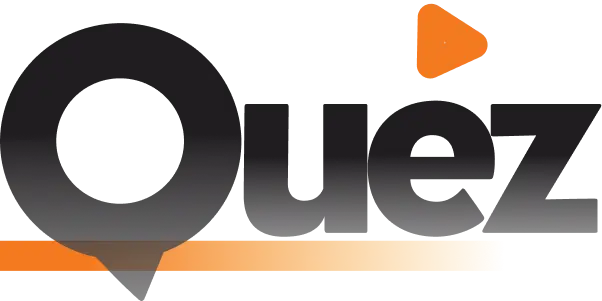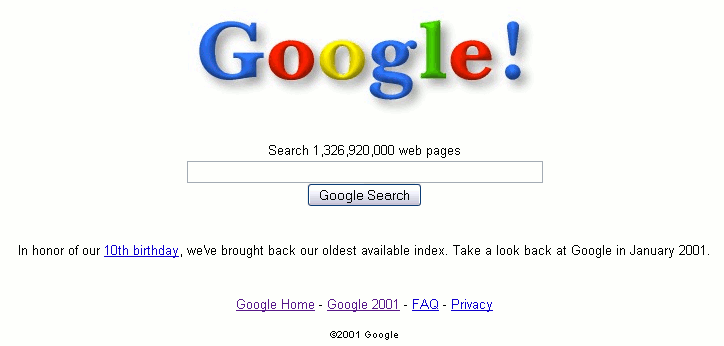Web design has come a long way. Compare a modern mobile-optimized site to your first experiences on the web in the mid-1990s, and you’ll be hard pressed to find any similarities.
But what’s responsible for this ever-changing landscape of web design? To understand, we’ve outlined some of the major phases of web design progression.
The Dark Beginnings
While the true roots of the Internet date a little further back, the 1990s brought the first glimpse of mass web design. Limited by the speeds of telephone lines, documents were viewed and downloaded in HTML. All these sites had a very linear layout, with lots of text and very few graphics.
Gradually, coding became more complex and more conducive to things like graphics and interactive features. Developers began catching on to the Internet as a powerful tool, adding HTML 1 tags and HTML 2.
A New Generation
By the late 1990s and early 2000s, new web browsers like Internet Explorer emerged alongside new methods of coding that allowed designers more flexibility when creating sites. These sites often had ornate or patterned backgrounds and animated .gifs that now look somewhat tacky. Flash came on to the scene, taking animation to a new level and forcing many sites to redesign to stay competitive.
Modern Stylings
By the late 2000s, the Internet became available nearly everywhere and developers had created new languages and plugins to make almost anything possible. With faster connection speeds and more familiar audiences as well, designers now had unlimited potential for truly inspired designs.
Web Design Today
Now, designers still have nearly unlimited flexibility, but the focus of designs is shifting from a showcase style to an adaptable one. The power and influence of mobile devices has exploded, and is still growing, so designers need to plan ahead and design sites with an understanding that multiple people will need to experience the site in different ways.
So what’s responsible for the changing trends in design? The simple answer is technology. Web designers always focus on the best user experience, working within the confines of whatever the latest technology is—whether that means limiting imagery to increase download speeds or implementing responsiveness to flex to any mobile device.



